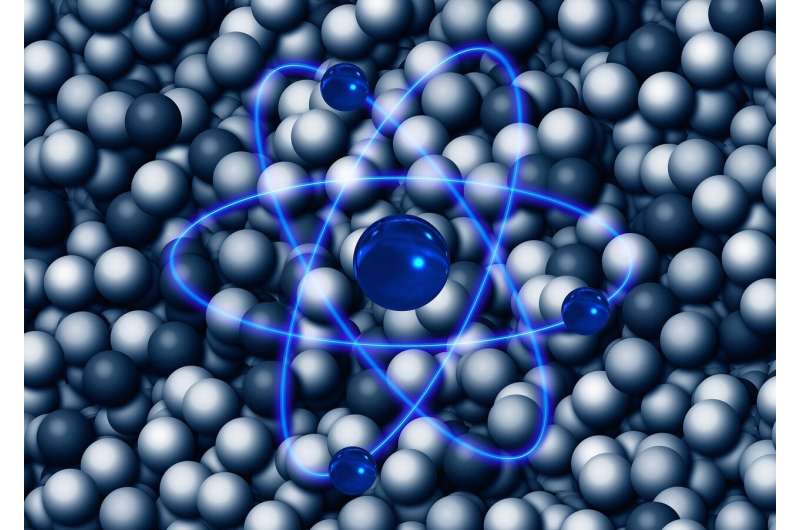July 29, 2019 report
Ro5 researchers suggest radioactive readings in 2017 were from a major nuclear release

A very large team of researchers from across Europe has found evidence that suggests radioactive ruthenium readings across the continent in 2017 were from an unknown nuclear source. In their paper published in Proceedings of the National Academy of Sciences, the group describes their study of the unusual readings two years ago and what they found.
Back in the 1960s, scientists around the world began to see the need to detect radiation from human sources as a means of alerting the public to possible health hazards. After the Chernobyl accident in 1986, scientists in Europe realized that a network of radiation monitoring stations was the best way to detect and alert the public to fallout from nuclear accidents. Scientists in five countries, Finland, Sweden, the Federal Republic of Germany, Denmark and Norway, set up such a network, which they called the Ro5. Scientists from other European countries have joined the network over the years, but the name has remained. Two years ago, members of the network began reporting higher-than-normal levels of ruthenium 106 (106Ru). The levels were not high enough to be considered dangerous, but the area of detection was large enough to suggest something unusual had happened—some suspected a nuclear accident at a facility in Russia. But Russian officials insisted the levels were due to a release from a disintegrating satellite. In this new effort, 69 researchers from across Europe together found evidence that very strongly suggests the radioactivity they observed came from a Russian nuclear power plant in a southern part of the Urals—likely Majak.
Research by the team consisted of combining and compiling 1,100 atmospheric readings and 200 readings taken on the ground. The researchers were able to conclude that the radioactivity was not from a satellite. They further report that levels of radioactivity varied widely, from tenths of µBq·m−3 to over 150 mBq·m−3. They also found that the widespread nature of the readings suggested an unprecedented release of 106Ru. By looking at the data placed over a map, they were able to trace it back to its source—in the Southern Urals in Russia. The researchers suggest the evidence indicates that there was likely an unreported nuclear plant accident.
More information: O. Masson et al. Airborne concentrations and chemical considerations of radioactive ruthenium from an undeclared major nuclear release in 2017, Proceedings of the National Academy of Sciences (2019). DOI: 10.1073/pnas.1907571116
Journal information: Proceedings of the National Academy of Sciences
© 2019 Science X Network




















